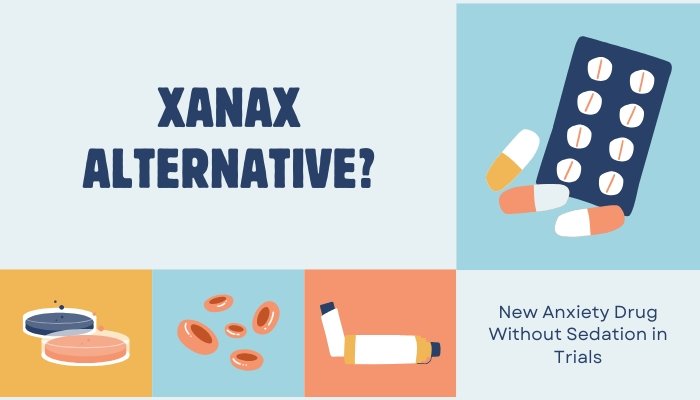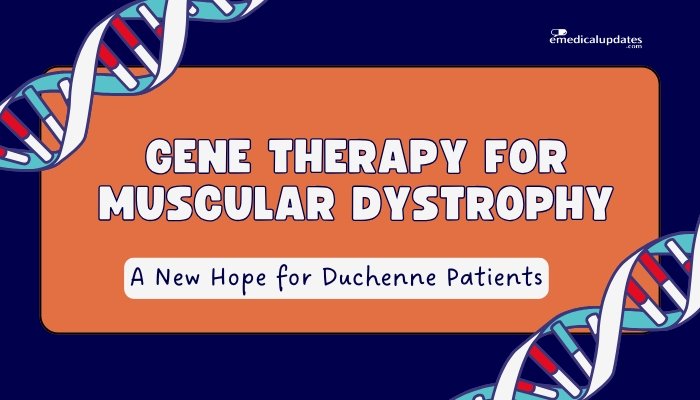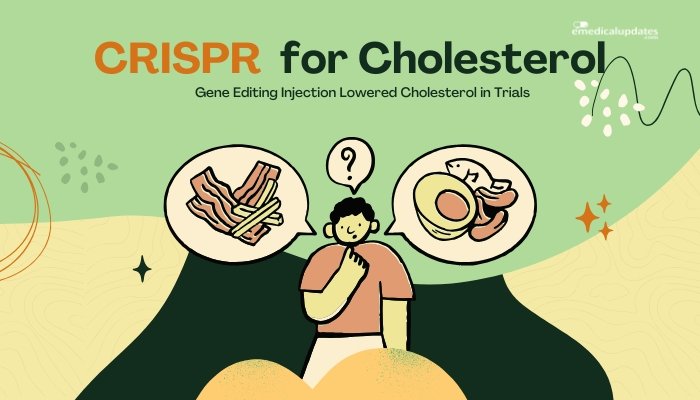Introduction
Benzodiazepines like Xanax (alprazolam) have been mainstays of anxiety treatment for decades. Yet, they come with potential downsides, including sedation, cognitive impairment, and a risk of dependence.

Recently, scientists have been exploring a new anxiety drug—currently in clinical trials—that offers anxiolytic effects without the pronounced sedation seen in benzodiazepines. This development could open the door to safer, more targeted therapy for patients needing relief from generalized anxiety disorder (GAD) and related conditions.
In this article, we investigate how this experimental medication works, its potential benefits, and what its success could mean for future anxiety management.
The Problem with Current Anxiety Drugs
Benzodiazepines: Effective But Risky
Benzos like Xanax, Valium, or Klonopin potentiate GABA (gamma-aminobutyric acid) in the brain, quickly calming anxiety. Issues include:
- Sedation: Drowsiness, impaired coordination, potential for accidents.
- Dependency and Withdrawal: Chronic users can develop tolerance, leading to challenging withdrawal symptoms if usage stops.
- Cognitive Effects: Memory or concentration problems, especially with long-term use.
Other Options, Other Downsides
- SSRIs: Effective for many, but can take weeks to start working and cause sexual side effects or weight changes.
- Buspirone: Non-sedative but not always potent enough for severe anxiety.
- Lifestyle Approaches: Therapy, mindfulness, and exercise remain foundational but aren’t immediate relief strategies for acute anxiety episodes.
How the New Drug Differs
Mechanism of Action
This candidate drug (let’s call it “Compound X” for now) might target novel pathways involved in anxiety—e.g., partial modulation of the GABA system or other neurotransmitters—without fully binding to benzodiazepine sites. Alternatively, it could be inhibiting or activating a unique receptor that reduces anxiety signals in the amygdala or other brain regions. The key is that it:
- Avoids Deep Sedation: Provides calming without the “heavy tranquilizer” effect typical of benzos.
- Minimizes Euphoria: Decreasing the chance of misuse or dependence.
Pharmacokinetic Profile
Early-phase data suggest Compound X has a moderate half-life, meaning it won’t require multiple daily doses. Onset of action might be faster than SSRIs but somewhat slower than benzodiazepines, balancing efficacy with a safer side-effect profile.
Clinical Trials and Efficacy
Phase II Outcomes
In a recent Phase II study, participants with generalized anxiety disorder received Compound X or placebo over several weeks. Key findings:
- Reduced Anxiety Scores: Measured by standard scales (e.g., GAD-7), with significant differences from placebo.
- Low Sedation Rates: Most participants did not report the drowsiness or cognitive blunting typical of benzodiazepines.
- No Severe Dependence Indicators: Preliminary data point to minimal craving or withdrawal after short use.
Next Steps: Phase III and Beyond
Developers plan large, multicenter Phase III trials to confirm efficacy, track longer-term side effects, and ensure generalizability across different anxiety disorders (panic disorder, social anxiety). If these trials replicate the positive Phase II results, regulatory approval might follow within a few years.
Potential Advantages Over Benzodiazepines
Lower Risk of Misuse
Because Compound X likely bypasses or partially modulates the GABA-benzodiazepine receptor complex, patients may experience fewer cravings. This can help reduce the cycle of tolerance and dependence.
Better Daytime Functioning
Patients needing daily anxiolytic support can remain more alert—potentially safer for tasks like driving or operating machinery.
Multi-Use Potential
Though primarily tested in GAD, the drug could be explored for other anxiety disorders (panic disorder, PTSD, phobias) if the mechanism proves broadly applicable.
Limitations and Considerations
Not for Immediate, Intense Anxiety Relief
Patients who rely on rapid benzodiazepine onset for panic attacks might not achieve the same near-instant effect from Compound X. Doctors might still prescribe short-acting rescue meds for acute episodes.
Long-Term Safety Unknown
Though side effects in trials appear mild, robust data on extended use are pending. Potential rare effects (like hepatic or cardiac concerns) may emerge only in larger populations or over time.
Cost and Access
Novel psychoactive meds often come with a high price tag. Ensuring coverage and availability will require demonstration of clear superiority or unique benefits over existing therapies.
The Future of Anxiety Management
Combining Therapies
Even if Compound X becomes widely available, best practice often includes therapy (CBT), lifestyle changes, and possible bridging with SSRIs or short-term benzos. Holistic approaches deliver the strongest long-term results.
Personalized Psychiatry
In the future, pharmacogenomics and advanced diagnostics might guide who responds best to specific anti-anxiety agents, bridging the gap to truly personalized medicine. The success of Compound X could usher in more sophisticated treatments with fewer side effects.
Frequently Asked Questions
- Will this new drug replace Xanax entirely?
- Possibly for some patients. But Xanax still may play a role in acute or severe episodes. The new drug is more about daily management with fewer sedation and addiction risks.
- How fast does it work?
- Early data suggest onset faster than SSRIs but not as immediate as benzodiazepines. More data from Phase III trials will refine the timeline.
- Is it safer for long-term use?
- Preliminary evidence suggests fewer dependency issues. However, large, long-term studies are needed to confirm.
- Could I combine it with my current SSRI or therapy?
- Potentially, yes. Combination therapy might optimize outcomes, but decisions should be individualized in consultation with a psychiatrist.
- When might it be available?
- Approval and market release usually follow successful Phase III data, so it might be a couple of years or more away, assuming trials confirm efficacy and safety.
Conclusion
The rising tide of innovation in psychiatric medications now reaches those with anxiety disorders who are wary of sedation, dependence, and other drawbacks linked to benzodiazepines. The new anxiety drug under development, targeting novel mechanisms or partial modulation of known pathways, presents an exciting option for less sedating, lower-risk therapy. While it remains in clinical trials, the potential to reshape the management of generalized anxiety disorder and related conditions is profound, especially for those requiring long-term medication.
If the Phase III data upholds early promise, the future might hold an alternative that merges the best of both worlds: effective daily anxiety relief minus the sedation trap that has long accompanied older-generation anxiolytics. Until then, patients and clinicians can stay informed about trial updates and expansions—anticipating a new era in anxiety treatment on the horizon.
References
-
- Stahl SM, et al. (2021). “Emerging targets for anxiolytic therapy: beyond benzodiazepines.” CNS Spectrums.
-
- Rickels K, et al. (2022). “Novel anxiolytics in development for generalized anxiety disorder.” Expert Opin Emerg Drugs.
-
- Belzung C, et al. (2019). “Mechanisms underlying new-generation anxiolytics.” Nat Rev Drug Discov.
-
- FDA (2023). “Investigational treatments for anxiety disorders: guidelines and updates.”






